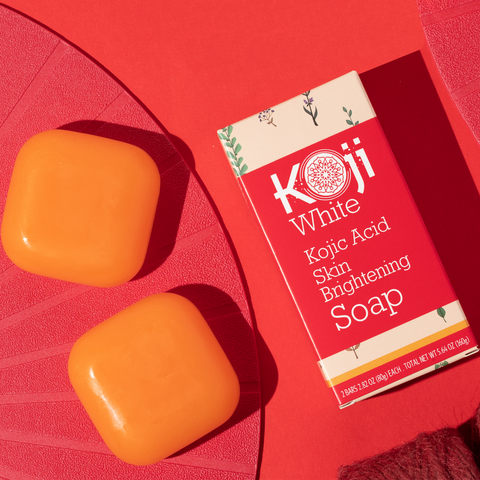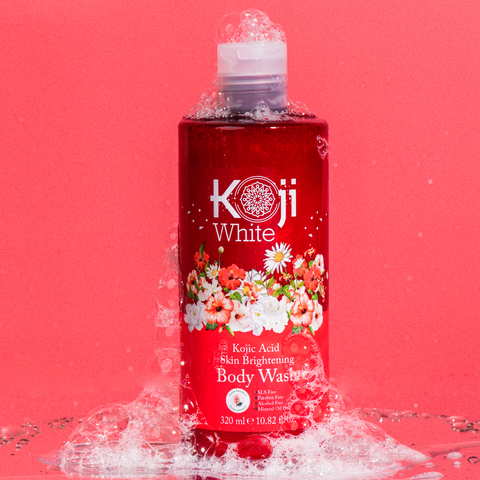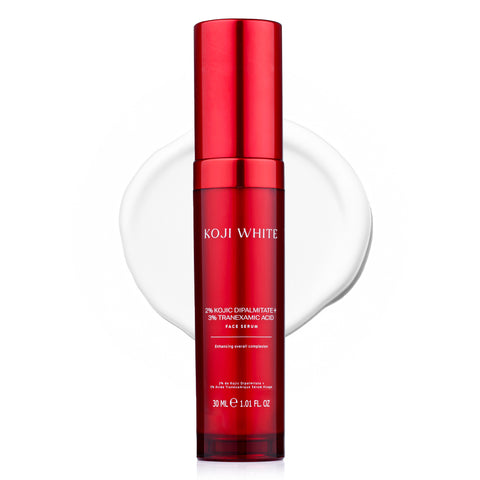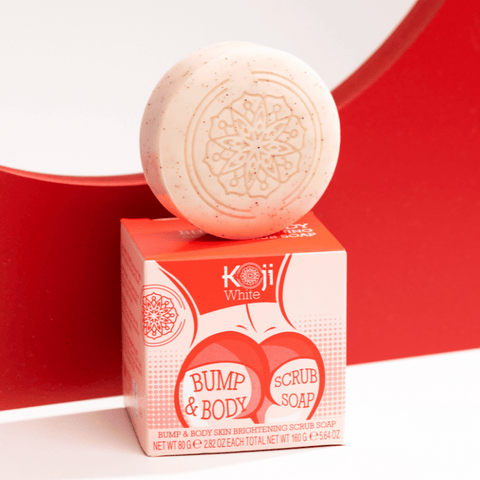Have you ever heard of Kojic acid?

This is a naturally occurring skin lightening chemical that has been used for millennia and is still widely used today. In this article, we will look at the history and applications of Kojic acid to help you understand why it is so popular.
Aspergillus oryzae, an Asian type of fungus that has been utilized in Japanese cuisine for centuries, is where kojiic acid was first uncovered. It was originally produced for sale in 1989 by a Japanese research team aiming for a natural replacement for the synthetic skin lightener hydroquinone. They learned that kojic acid has melanin-inhibiting capabilities, which meant it may help lessen wrinkles and other indications of aging while also minimizing the appearance of dark patches on the skin.
Due to its capacity to lighten the face without producing any unfavorable side effects, kojic acid has grown in popularity over time. It functions by preventing the synthesis of melanin, the pigment that gives our skin its color. Kojic acid can help reduce dark spots and level out skin tone by lowering melanin synthesis. Kojic acid also functions as an antioxidant, protecting the skin from environmental harm brought on by UV radiation and pollution.
Natural brightening agents are gaining popularity due to the numerous skin health benefits they provide. Natural substances have been used for millennia and are far kinder on the skin than many artificial brighteners. As a result, persons with sensitive skin may feel more comfortable choosing natural options over their synthetically generated competitors.

Natural brightening treatments often contain minerals such as magnesium and zinc, which protect against environmental damage, as well as other active herbal components such as turmeric or bearberry extract, which work to effectively decrease dark spots and give your face a brighter appearance. Note, some of these medications may require longer application times to show substantial results, but they do deliver more gentle, long-term results that are free of adverse effects!
Kojic acid may be purchased as a supplement if you'd rather reap the advantages without using any topical cosmetics, as it is frequently present in a variety of cosmetic items including soaps and lotions. It's crucial to remember that kojic acid should only be used topically under a doctor's guidance since, if misused, it can irritate the skin or possibly result in irreversible damage.
In conclusion, Kojic Acid is a naturally occurring substance that is produced from mushrooms and has potent skin lightening qualities. It has been utilized in Japan for thousands of years. Its popularity endures today as a result of its capacity to lessen age spots, wrinkles, and other telltale indications of aging while also guarding against pollution and UV ray-induced environmental harm. Kojic acid should only be used as directed by a doctor since, if not used correctly, it might irritate the skin or result in long-term harm. But, if used correctly, you won't have to be concerned about any negative side effects and may experience brighter skin!









